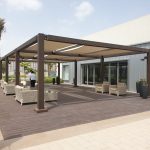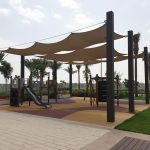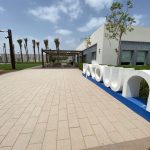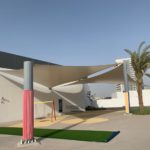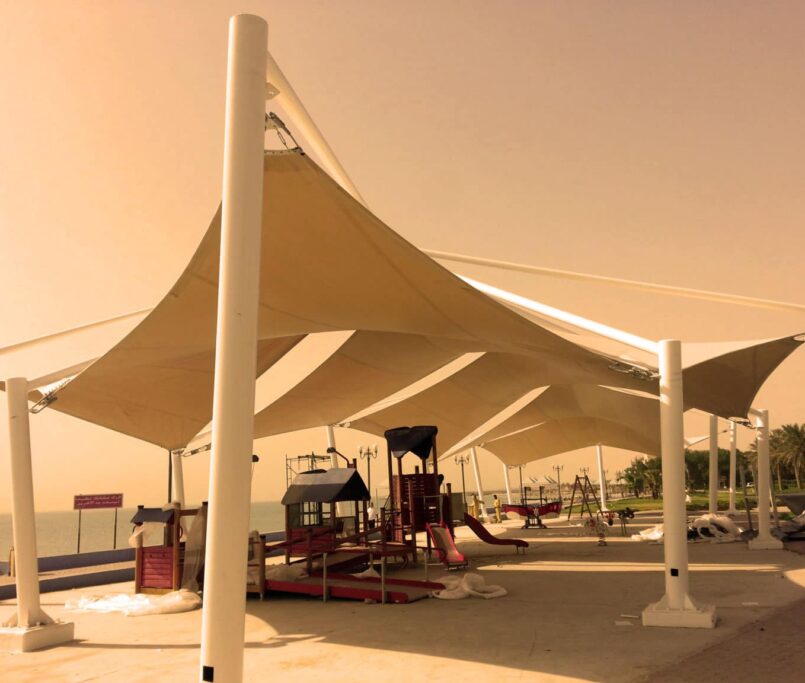Difference between PTFE and ETFE Tensile Shade Fabric
When you connect with a tensile shade supplier, the two fabrics that they majorly recommend are PTFE and ETFE. PTFE stands for Polytetrafluoroethylene and ETFE stands for Ethylene Tetrafluoroethylene. And they prefer these two fabrics because the results are great. Whether you use the shade for car parking, a small get-together, or extra space outside your house, these fabrics will never disappoint you.
The problem is you cannot ask the tensile shade supplier to get both the fabrics in one. You cannot even use them together. So, you should make the right pick for the best outdoor results.
In this post, we will discuss the difference between PTFE and ETFE fabric used for tensile shade.
PTFE or Polytetrafluoroethylene
Used since the early 1970s, the PTFE has been established as the highest quality fabric for shade structures. The reason for this establishment is the lifespan of the fabric. In the starting phase of the manufacturing, the PTFE fabric was not so durable. Today, the fabric survives for 25-30 years without any problem.
The fabric is completely chemically inert and resistant to moisture and microorganisms. After installation, the PTFE shade structure is actively bleached by UV light to give it the effect of a lasting white appearance.
The insulative properties are very similar to the performance of conventional glazing. It’s also a great sun and fire performer, providing perfect protection from sun and fire.
The best thing is that PTFE fabric requires low maintenance. The cleaning action of rain does the most of the job. PTFE fabric requires cleaning every 2-5 years, based on the location of the shade and its exposure to environmental pollution.
ETFE or Ethylene Tetrafluoroethylene
A plastic polymer, ETFE is created by taking the polymer resin and extruding it into a thin film. This fabric is largely used as a replacement for glazing due to its high light transmission properties.
The ETFE fabric is lightweight. It’s said that the ETFE weighs approximately 1% of the weight of glass. The less weight of the fabric enables a reduction of structural framework and imposes a significantly less dead load on the supporting structure. The shade with ETFE fabric doesn’t require steelwork for support, reducing the overall cost.
Other than lightweight, the advantages of ETFE include tear-resistance, long life, and transparency to ultraviolet light. The translucency of the fabric transmits up to 95% of light. Also, the fabric can be printed, or fritted with a range of patterns.
The ETFE fabric stays unaffected by UV light, atmospheric pollution, and other forms of environmental weathering, which signify its durability. Most importantly, the fabric is eco-friendly as it’s 100% recyclable and requires minimal energy for transportation and installation. The lifespan of this material is more than 40 years.
Which fabric should you choose for tensile shade?
It depends on where you are planning to install the tensile shade. You should check the outdoor condition and weather extremes before choosing the fabric for the tensile shade. Seek help from a tensile shade supplier.





